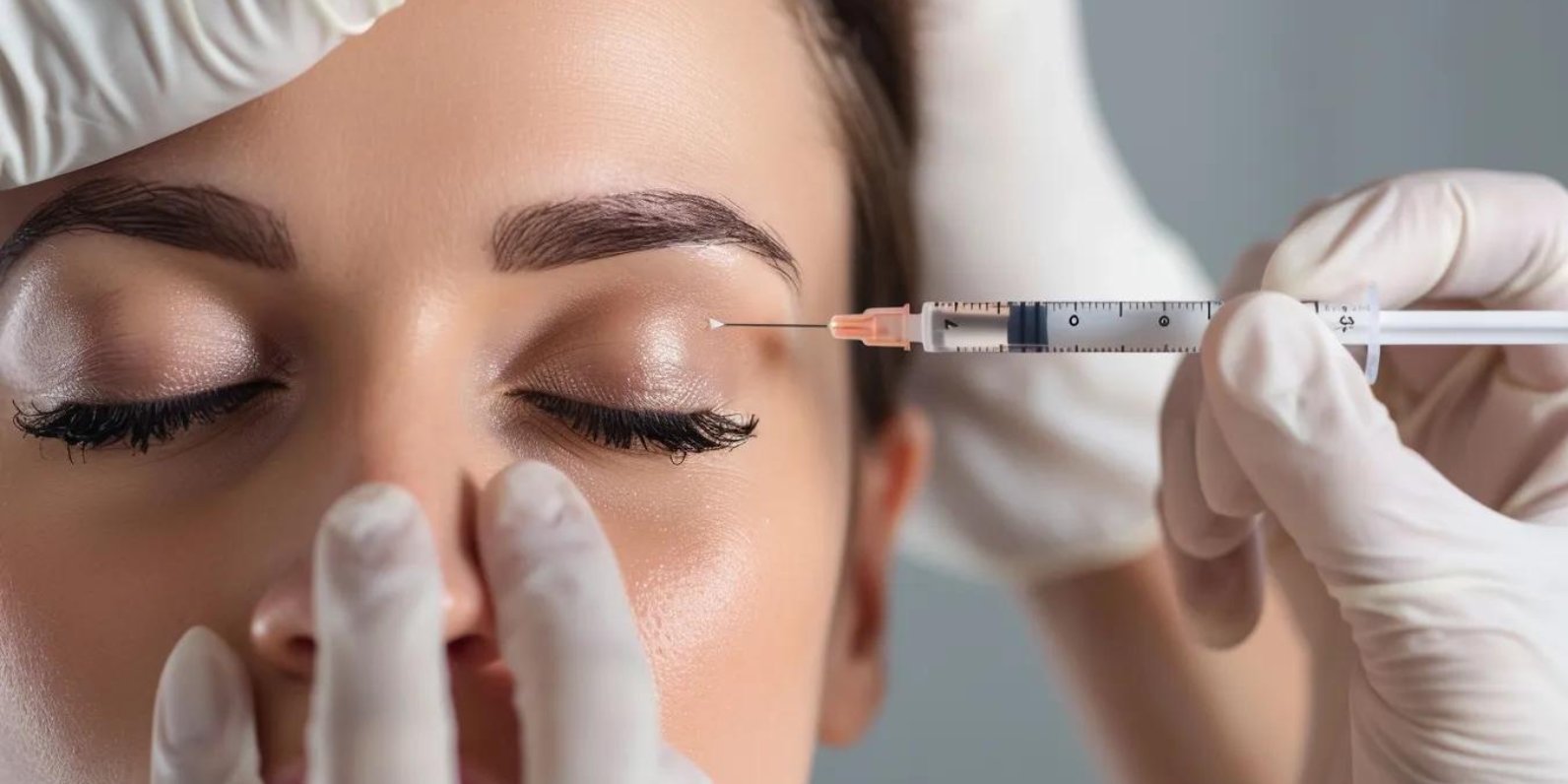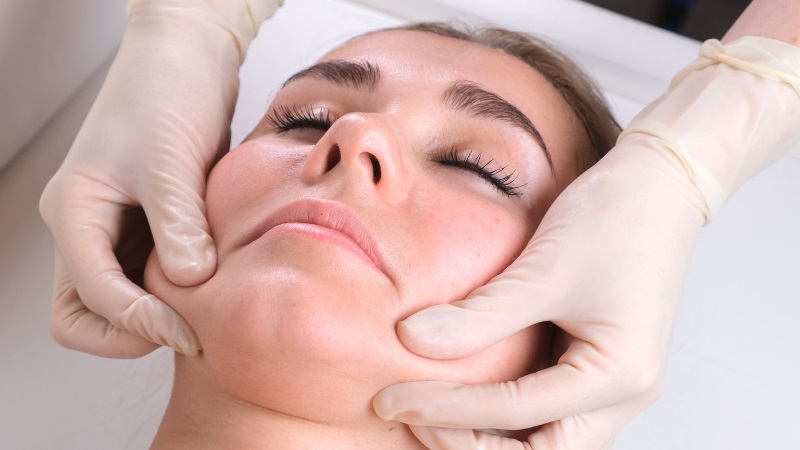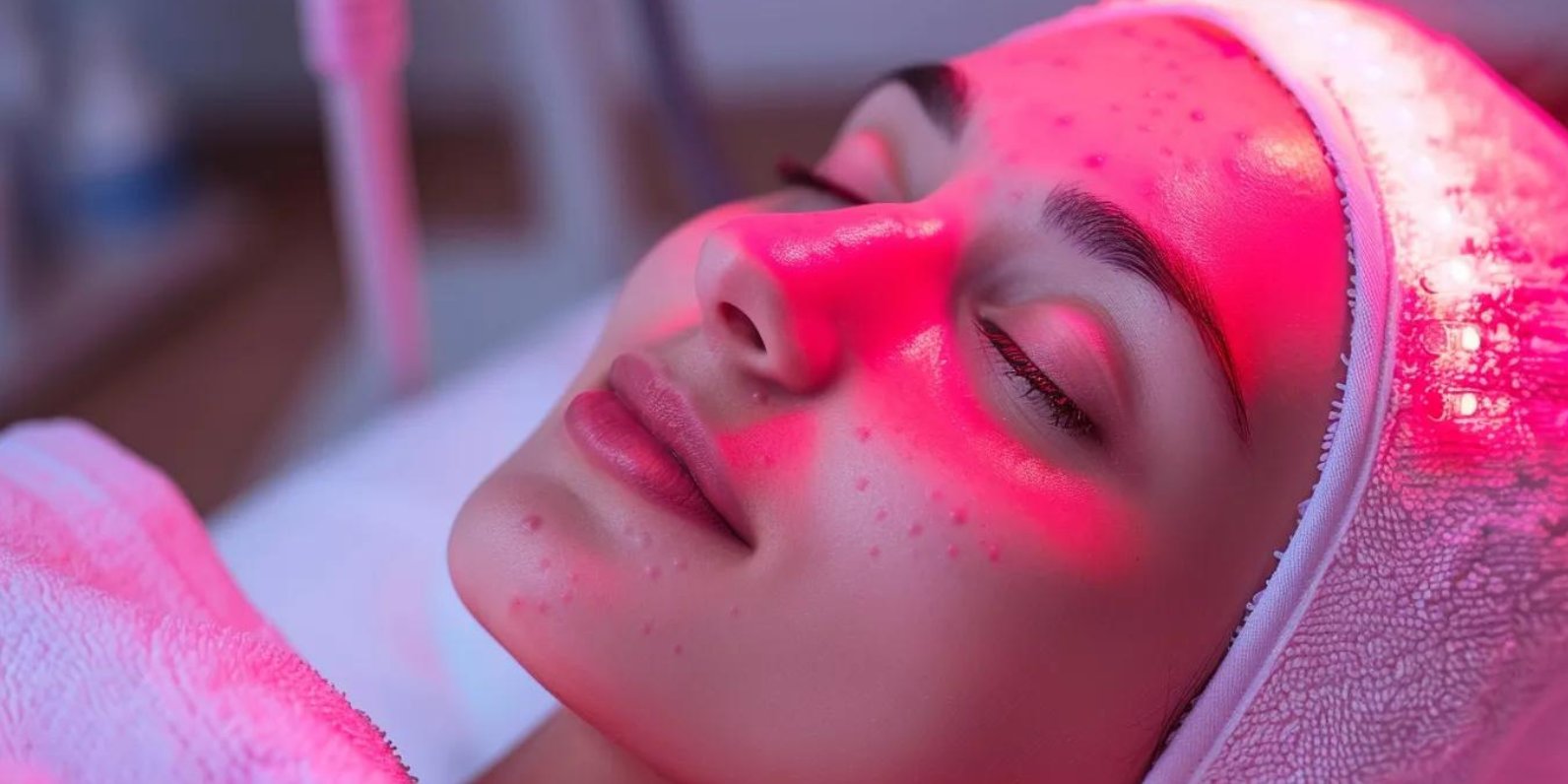What is a Chemical Peel?
A chemical peel uses a chemical solution that removes the outer layers of dead, dull skin cells. The depth of the peel, meaning the number of skin cell layers removed, depends on the strength of the peel, how it is applied, and how long it remains on the skin. Chemical peels can range from those mild enough to buy over-the-counter to those strong enough that they should only be administered in a professional setting.
Candidacy and Suitability
Who Should Consider a Chemical Peel:
Chemical peels can offer significant benefits, but they aren’t suitable for everyone. Certain factors determine whether a person is a good candidate for this procedure.
Individuals with fair skin and light hair are generally the best candidates for chemical peels. They are less likely to experience changes in skin color after the peel. However, people with darker skin can also achieve good results, though they may be at a higher risk for hyperpigmentation (darkening of the skin) or hypopigmentation (lightening of the skin).
Those with specific skin conditions, such as active infections, open sores, or a history of keloid scars, should avoid chemical peels. These conditions can increase the risk of complications, including scarring.
Patients who have taken isotretinoin (a medication for severe acne) within the past six months are also advised against chemical peels. This medication can increase the risk of scarring.
Pregnant women and those with severe cold sores or frequent outbreaks should consult their doctor before considering a chemical peel. These conditions may require alternative treatments or additional precautions.
A thorough consultation with a dermatologist is essential to assess medical history, skin type, and specific skin concerns. This helps in deciding whether a chemical peel is the right option.
Detailed Explanation of the Procedure
How Chemical Peels Work:
Chemical peels involve applying a chemical solution to the skin. This solution removes dead skin cells from the outer layers, revealing fresher skin underneath.
The depth of the peel depends on several factors. These include the type of chemical used, how it’s applied, and how long it remains on the skin. Different chemicals penetrate the skin to varying depths, targeting specific skin issues.
Commonly used chemicals include glycolic acid, salicylic acid, and trichloroacetic acid. Each of these has its own strengths in treating particular skin conditions.
During the procedure, patients may experience sensations like tingling or stinging. These sensations typically last a few minutes. Depending on the peel, the chemical solution may be neutralized after application or left to work on its own.
Different Types of Chemical Peels and Their Depth
Light, Medium, and Deep Peels:
Chemical peels are categorized based on how deeply they penetrate the skin. Each type serves different purposes and is suitable for specific skin concerns.
Light Chemical Peels target the outermost layer of the skin, the epidermis. They are effective for treating fine lines, mild acne, and uneven skin tone. These peels are often referred to as “lunchtime peels” because they require little to no downtime. The results are subtle but can be enhanced with repeated treatments every few weeks.
Medium Chemical Peels go deeper, affecting both the epidermis and the upper part of the dermis, the skin’s middle layer. They are used to treat more pronounced skin issues, such as wrinkles, acne scars, and moderate hyperpigmentation. Recovery from a medium peel takes about a week, during which the skin may peel and become red.
Deep Chemical Peels penetrate the lower dermal layer and are used for more severe skin concerns, including deep wrinkles, significant sun damage, and precancerous growths. These peels offer dramatic results but come with longer recovery times. Patients can expect significant redness, swelling, and peeling for several weeks. A deep peel is usually a one-time treatment.
Choosing the right peel depends on the individual’s skin condition and desired outcome. A consultation with a dermatologist will help determine the most appropriate type.
What Chemical Peels Are Available?
We offer many different types of peels and facials to help people find the right one for them. However, these represent some of our popular and effective chemical peels that have produced many excellent results.
Pre-Treatment Preparation
Preparing for a Chemical Peel:
Before undergoing a chemical peel, certain preparations can help achieve the best results and minimize risks. It’s important to follow these steps carefully.
Patients should avoid direct sun exposure for at least two weeks before the procedure. Sunburned or tanned skin can increase the risk of complications.
In some cases, doctors may recommend using topical products like retinoid creams (e.g., Retin-A) or a bleaching agent such as hydroquinone before the peel. These products can help prepare the skin by promoting even exfoliation and reducing the risk of hyperpigmentation.
It’s also advised to stop using certain skincare products, such as those containing retinoids or exfoliants, one to two weeks before the peel. This helps reduce skin sensitivity during the treatment.
If prescribed, patients should start taking antiviral medication at least 24 hours before the peel. This is particularly important for those with a history of cold sores, as chemical peels can trigger an outbreak.
RevePeel®
This peel, with its oil-based delivery system, starts in our office and then continues at home over the course of a week, exfoliating the skin to bring healthy, vibrant new skin cells to the surface, sloughing away dull skin to leave smaller pores, fewer lines and wrinkles, and diminished age and sun damage. Safe for all skin types, with a week of peeling post treatment, expect to see dramatic results in just two peels, one month apart.
BioRevitalization Peel
This breakthrough biostimulant peel is a “peel” that’s not a peel. It ramps up collagen to address uneven skin tone, dullness, loose skin, lines and wrinkles, and other signs of aging, without the trauma, sensitivity, and harshness of other peels, as it literally builds your skin from the inside out. The benefits of this treatment is that you don’t have to undergo any uncomfortable peeling or the typical downtimes that traditional chemical peels often involve. A must for those on-the-go, all skin types needing rejuvenation, sensitive skin, and those who want a huge glow!








